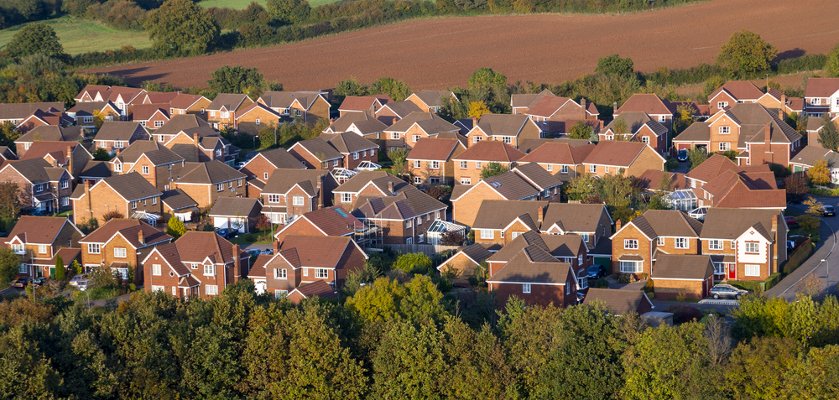LGA: “When one in seven private renters are spending half their income on rent, it’s no wonder we have a rental logjam."

A shortage of affordable housing is leaving a generation stuck in a “rental logjam”, the Local Government Association has warned.
Its latestanalysis show that almost one in seven private renters (14%) are spending more than half of their total income on rent, in stark contrast to just 2% of homeowners on their mortgage.
Local government leaders said the figures highlight the difficulties renters face not just in finding an affordable home to live in, but in saving up a deposit for a home of their own, with the average deposit now costing 71% of a first-time buyer’s annual income.
Ahead of the LGA’s Annual Conference set to start tomorrow, the LGA is calling for the government to enable the building of a new wave of rented homes that reflect what families can actually afford – no more than a third of total household incomes.
The research, published by the LGA today, also revealed that 43%of private renters spend more than 30% of their income on rent, the same percentage as those renting from a Housing Association.
And 37% of those renting from a local authority are also spending the same proportion on rent.
Private rents currently average at £852 across the country, with rents defined as affordable set up to 80% of market rates, at an average of £545 per household.
While affordable and social rents are lower on average than private rents, the high number of social tenants spending more than 30% of their income on rent reflects low total household incomes, the LGA said.
High house prices and rents are making it more difficult for young people to save a deposit to buy their first home. Previous LGA research revealed under 25s today are now half as likely to be homeowners than 20 years ago.
Deposits in the South East are 85% of the average household income, whilst in the North West they are an average of 55%. In London, predictably, deposits fetch the highest price, at 133% of a household’s average yearly income.
Last year, the country built around 30,000 new affordable homes, the lowest number in 24 years, with many being priced at levels not affordable for many families
The LGA said councils also need to be given the powers and access to funding to resume their historic role as a major builder of affordable homes – including those for social and affordable rents. This means being able to borrow to invest in housing and to keep 100% of the receipts from any homes they sell to replace them.
Efforts are also needed to boost employment, and to create better paid jobs, in order to provide lower-income families the chance to progress in work and increase their earnings. Without these measures, councils warn many households will have little choice but to move to areas further from their work and communities or squeeze into smaller properties.
Cllr Judith Blake, LGA Housing spokesman, said: “When one in seven private renters are spending half their income on rent, it’s no wonder we have a rental logjam – with a shortage of homes with genuinely affordable rent, and young people struggling to have enough income left over to save for a deposit.
“A thriving private rented sector helps create a balanced mix of available housing. A new wave of genuinely affordable homes for rental, that costs 30% of household income or less, would provide tenants with stability, reduce the squeeze on household incomes and help more people get on the housing ladder.
“Only an increase of all types of housing – including those for affordable or social rent – will solve our housing shortage and a renaissance in house building by councils is ultimately needed if we are to boost affordability.
“For that to happen, councils must be able to borrow to invest in housing and replace sold homes and reinvest in building more of the genuine affordable homes our communities desperately need.”



